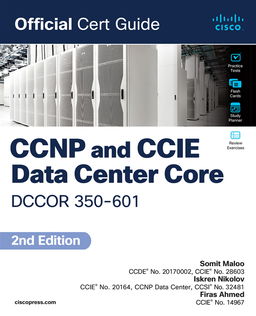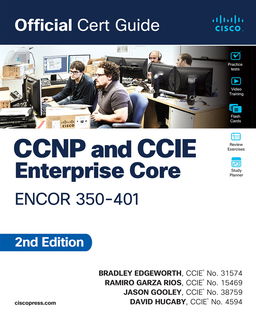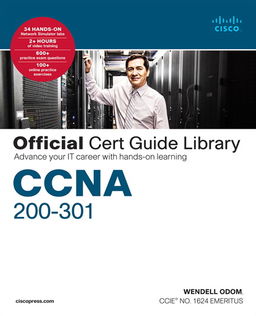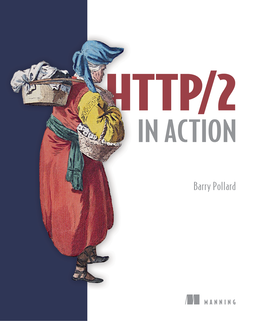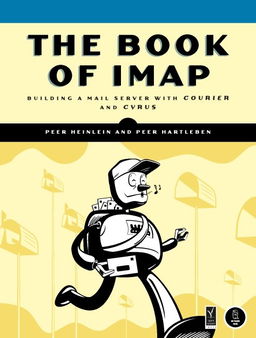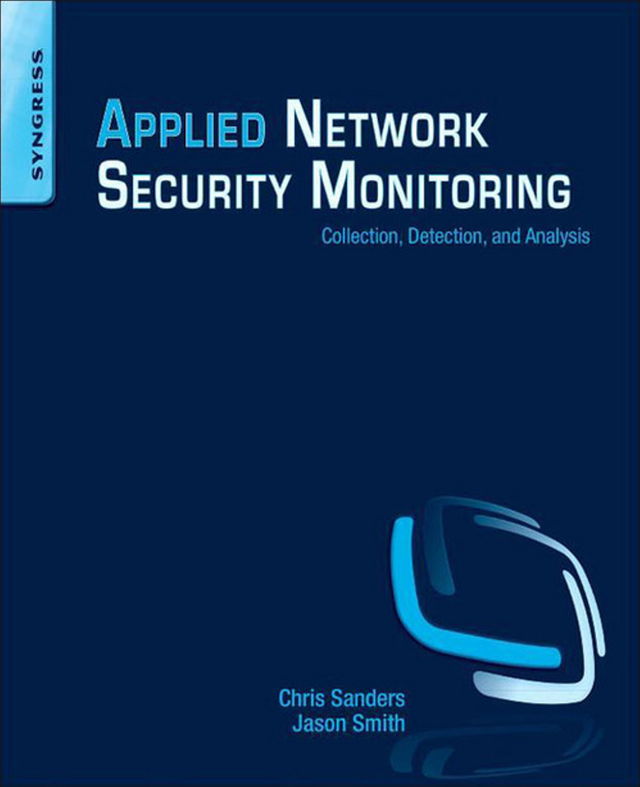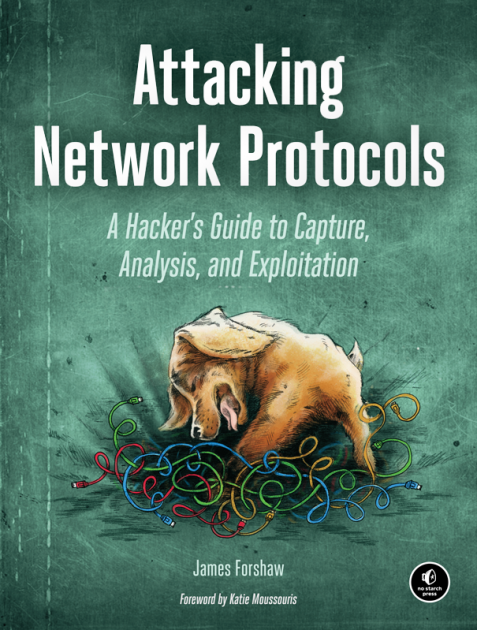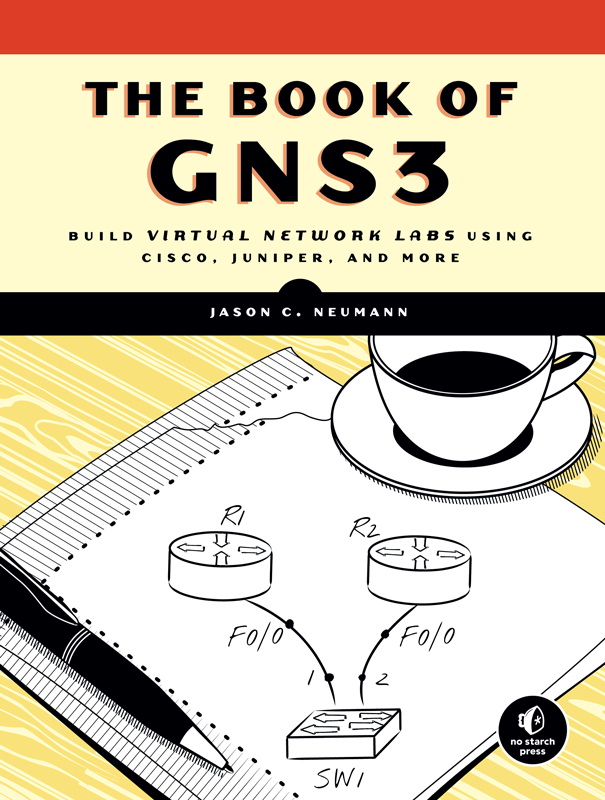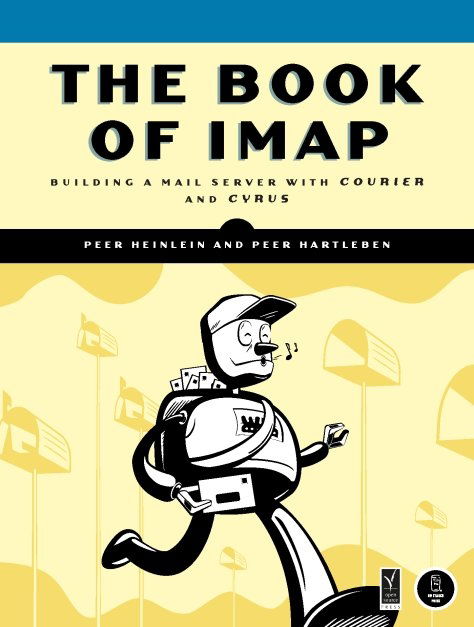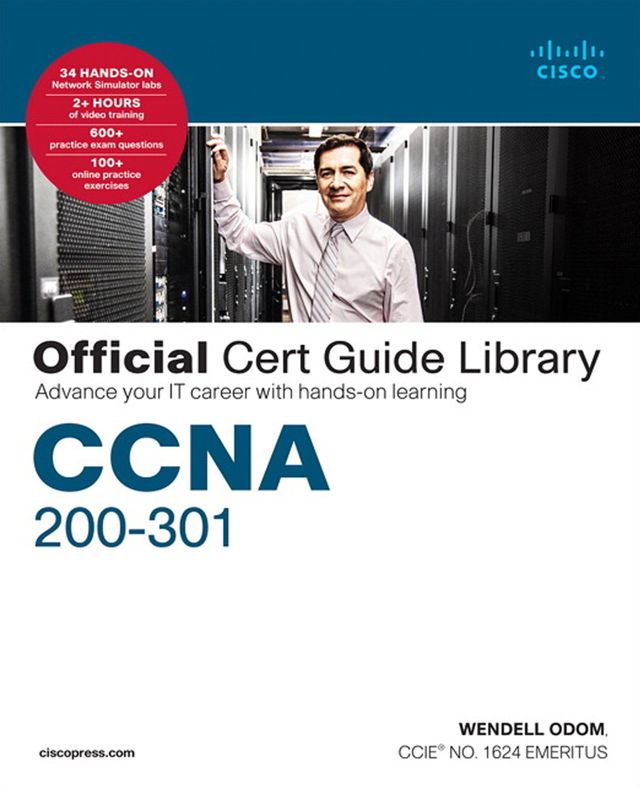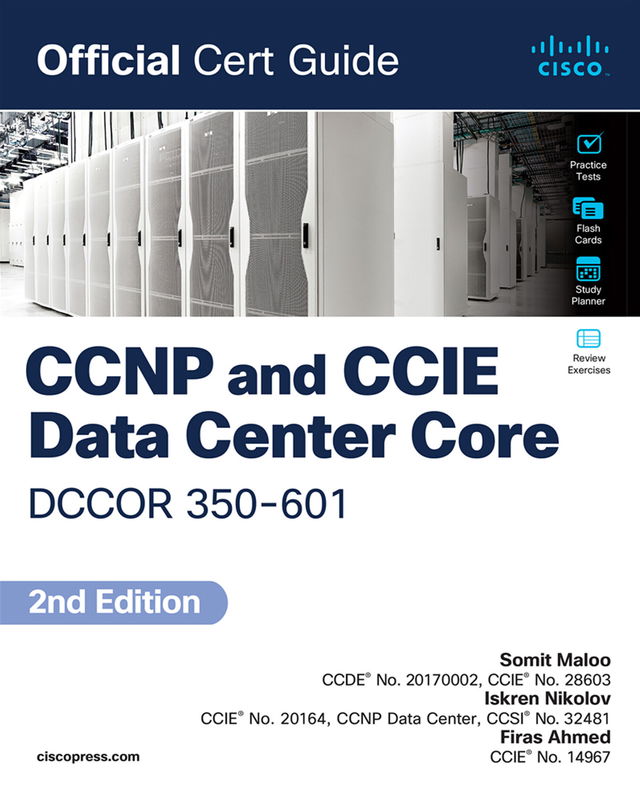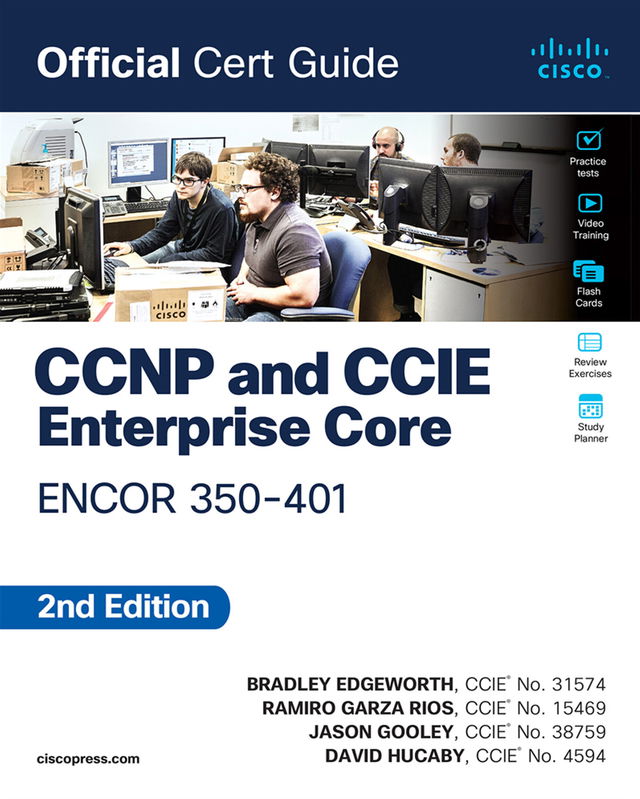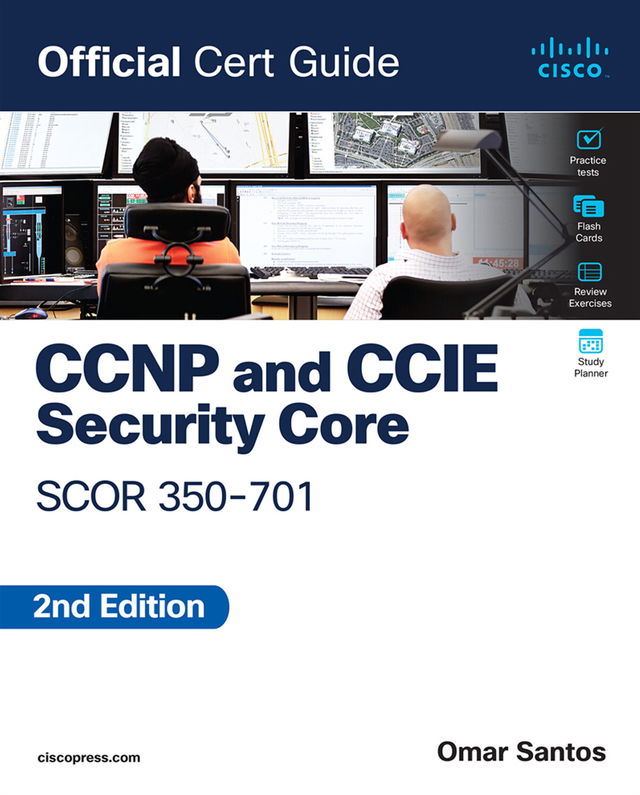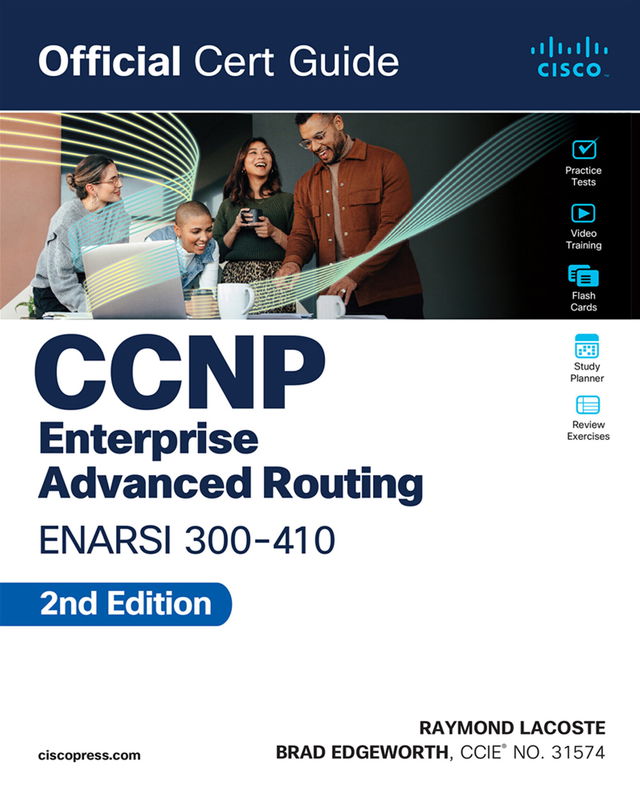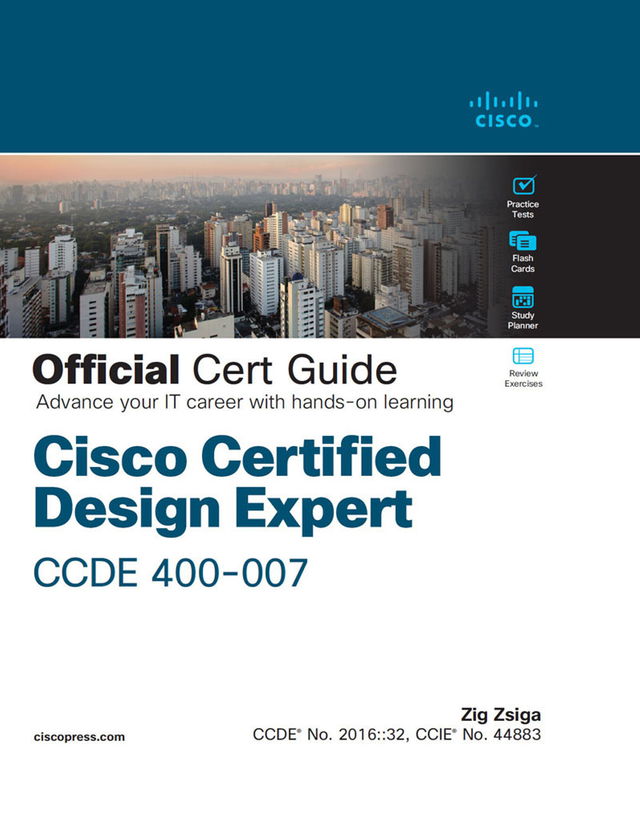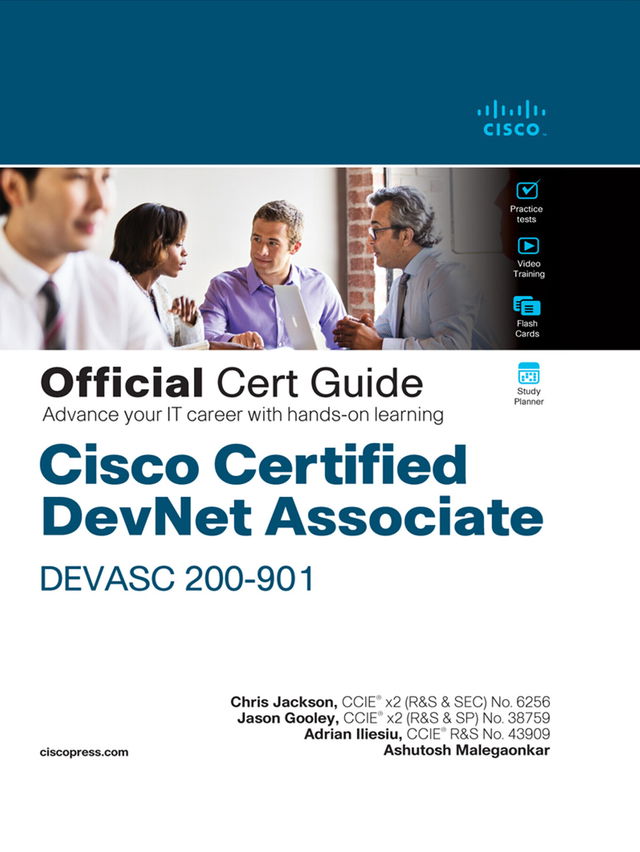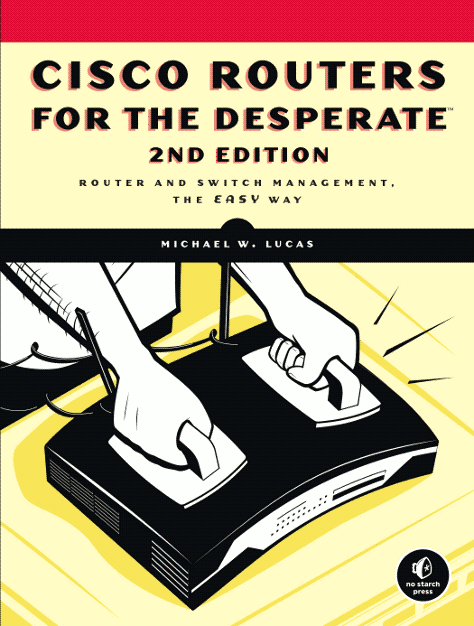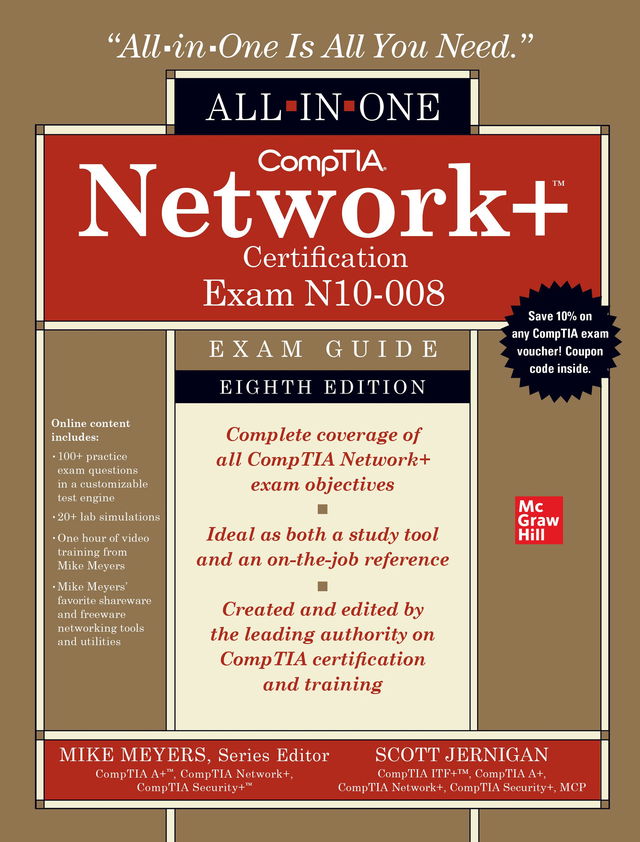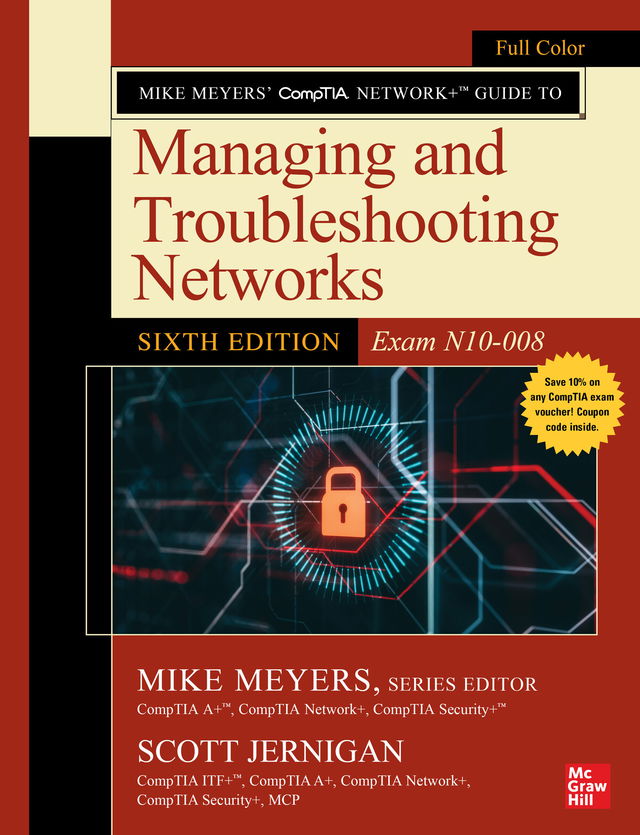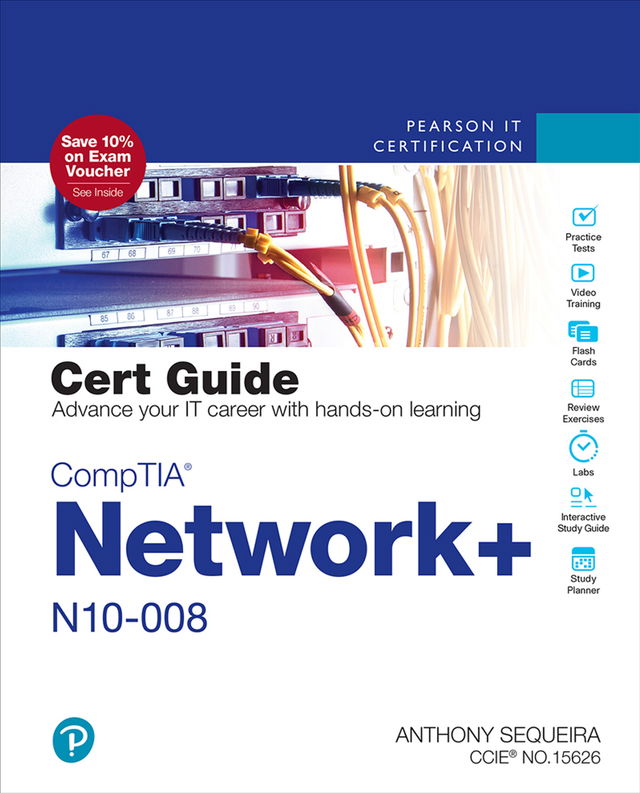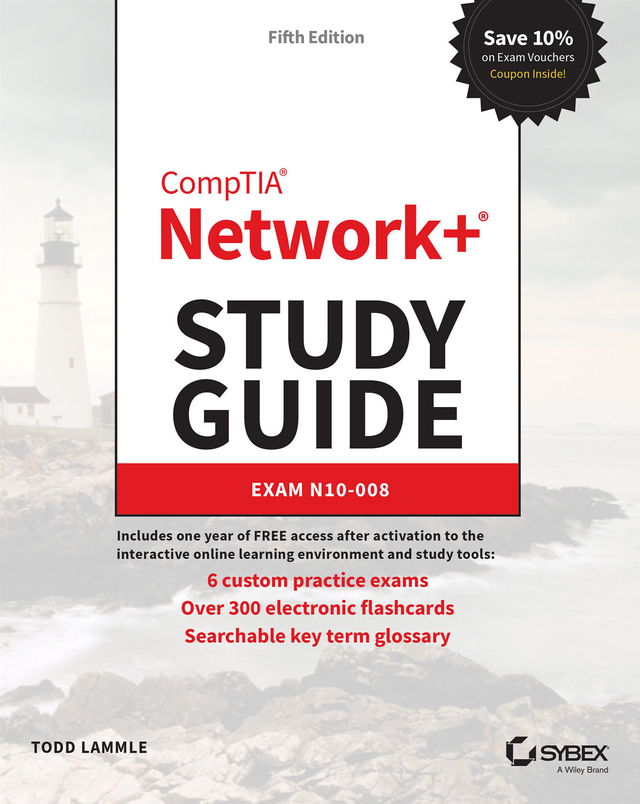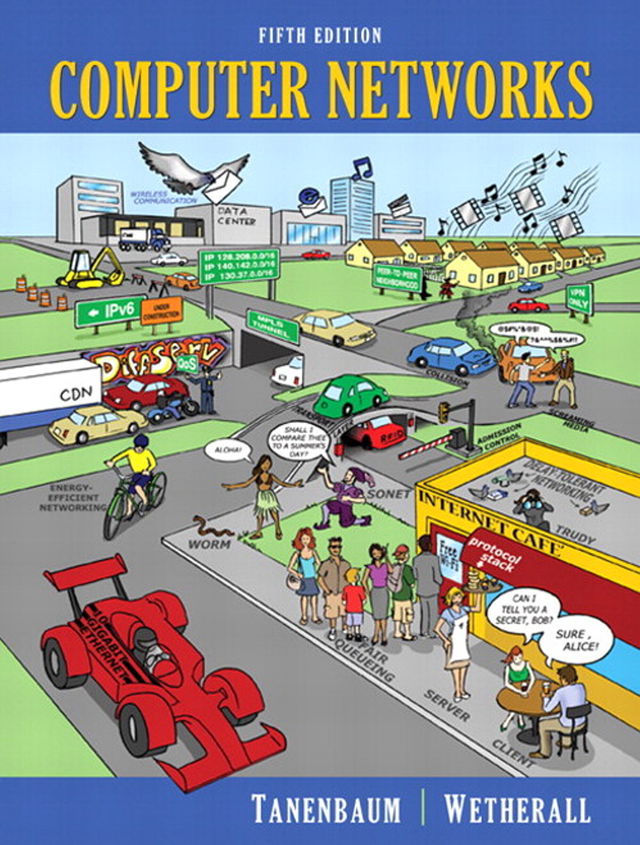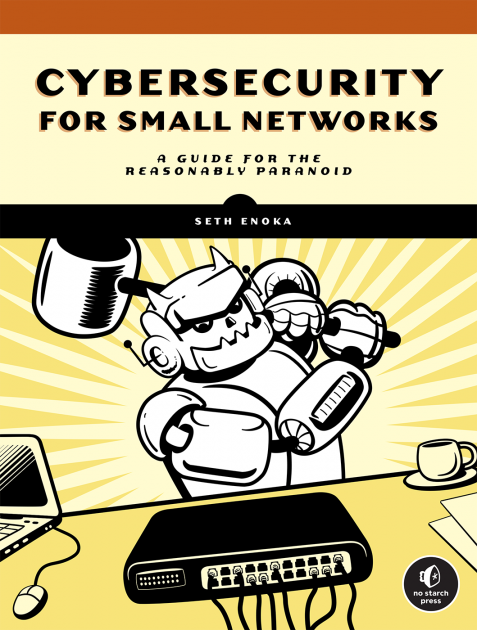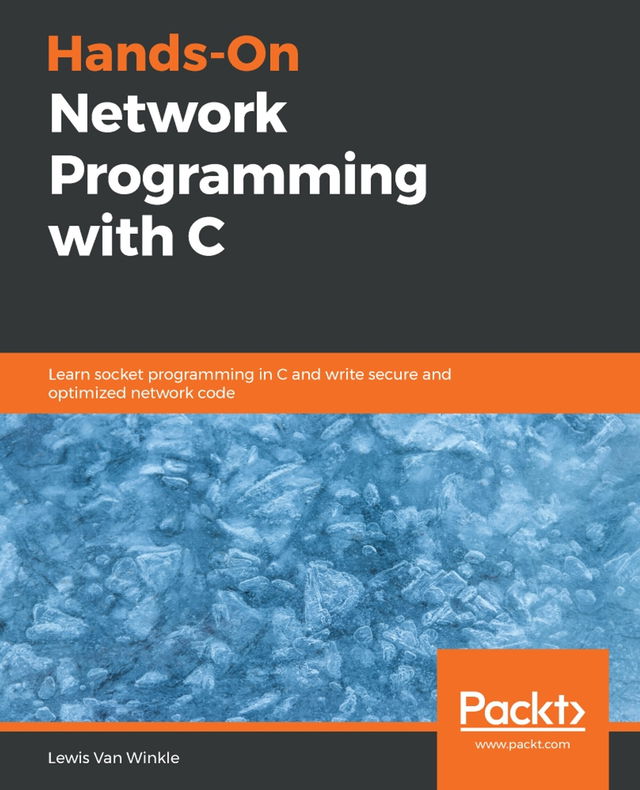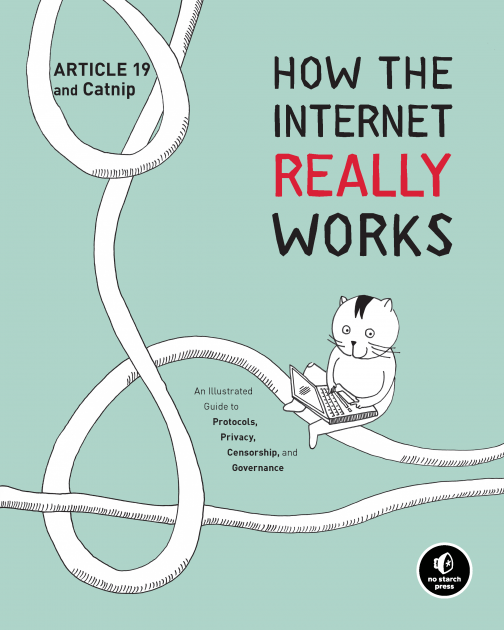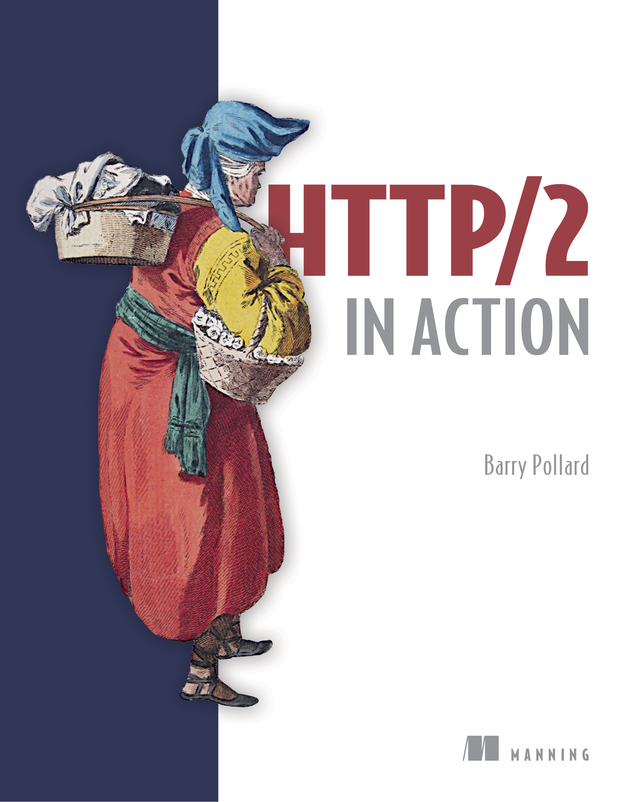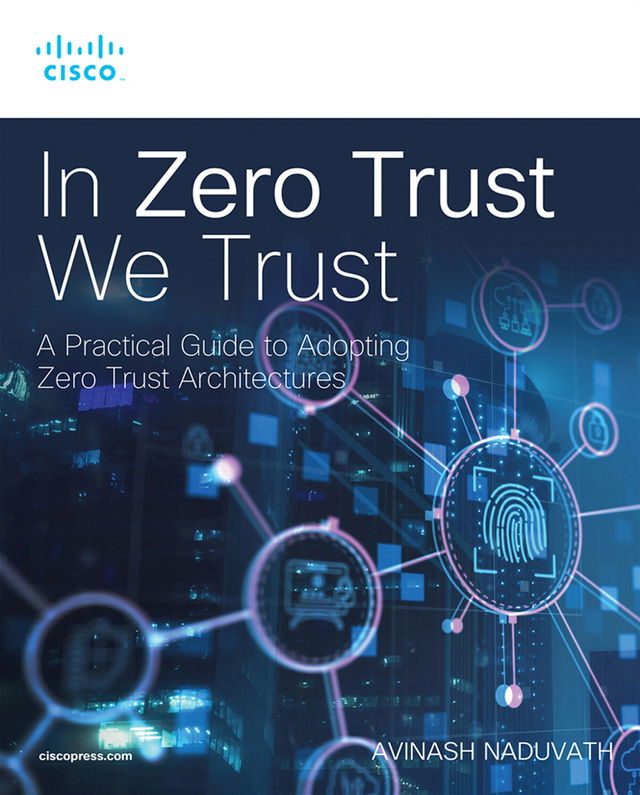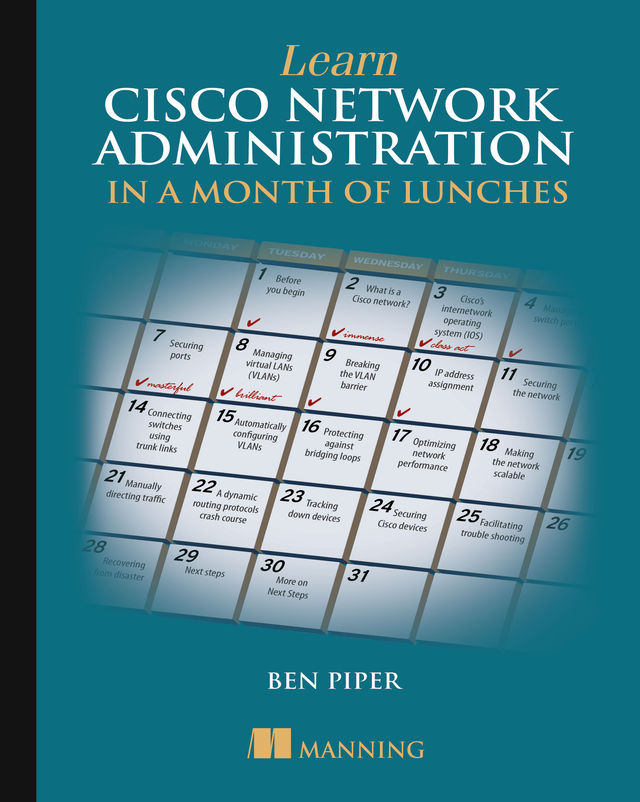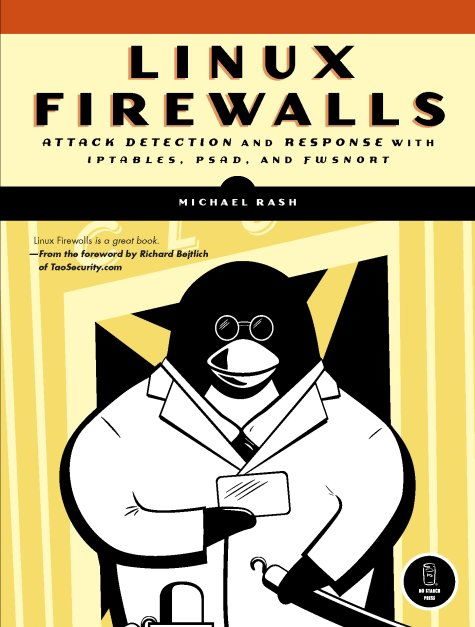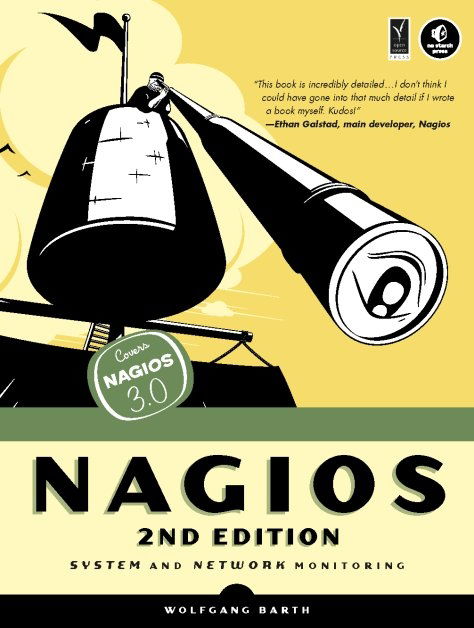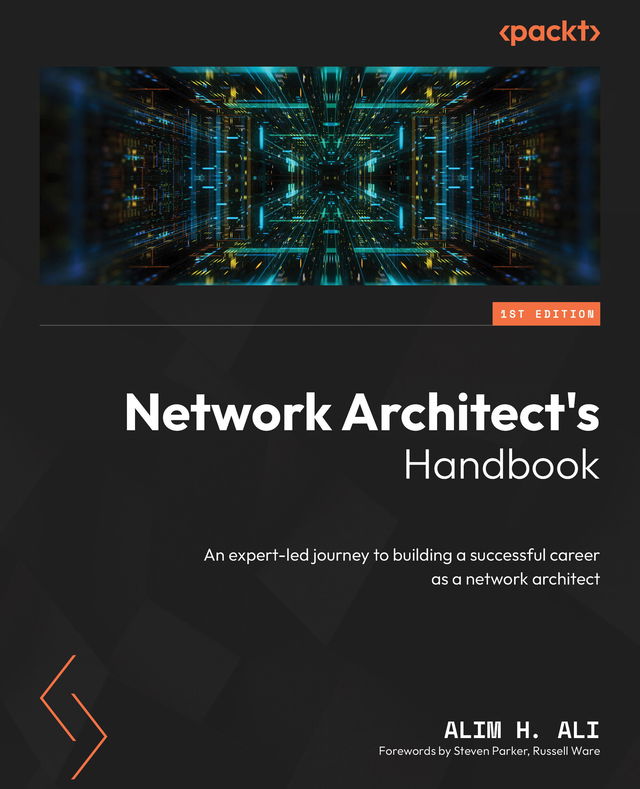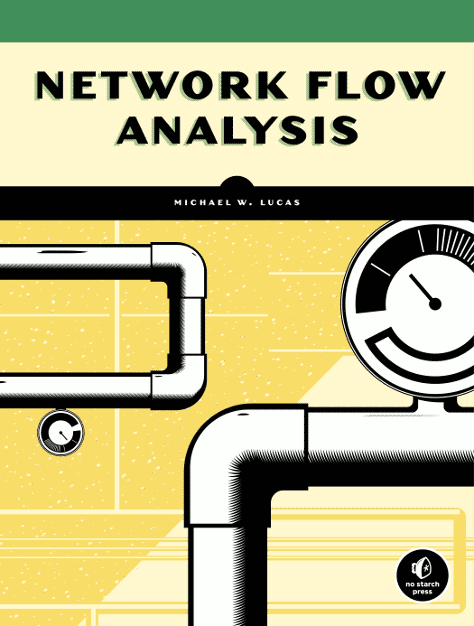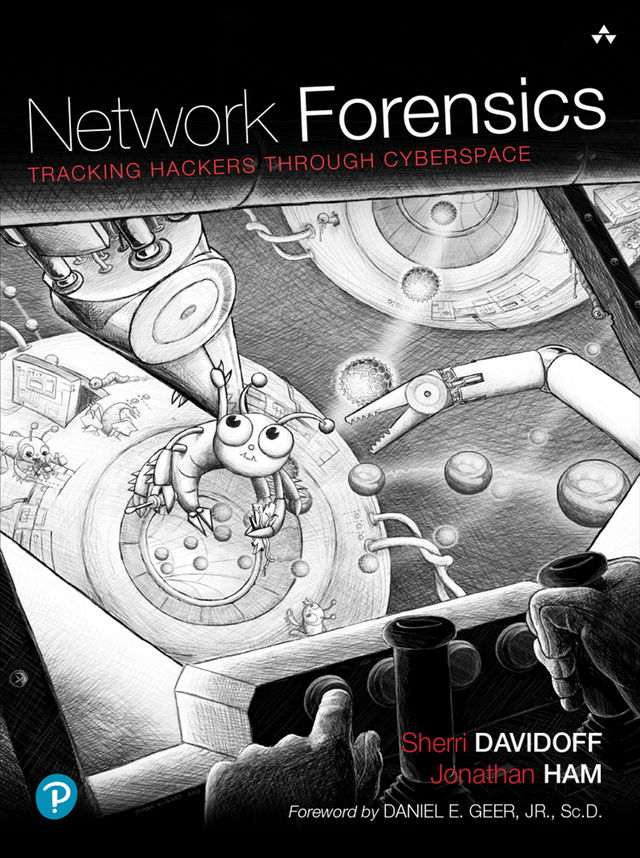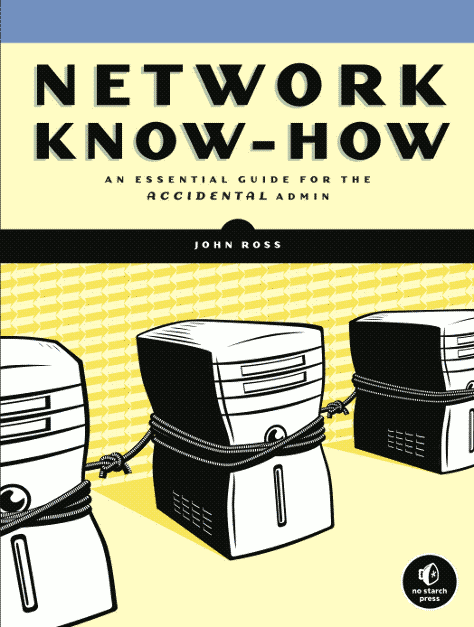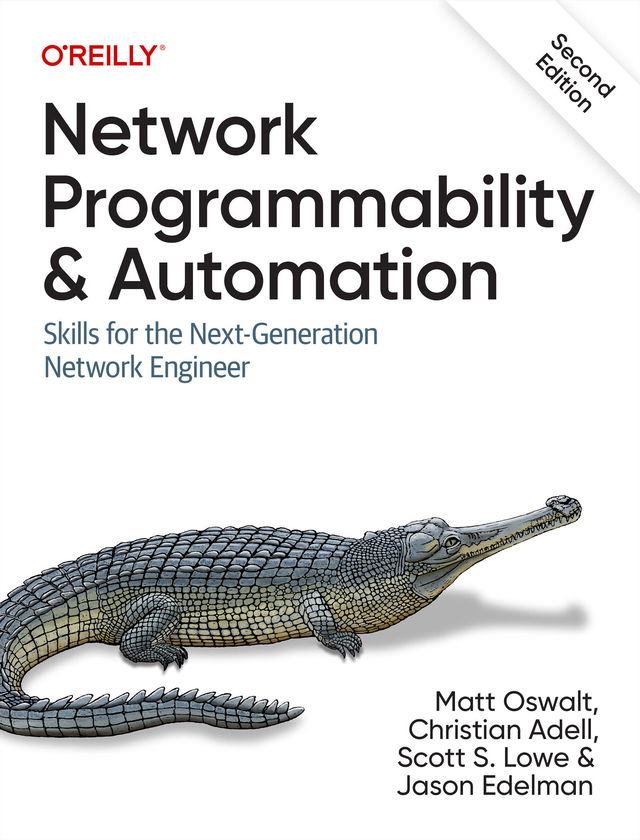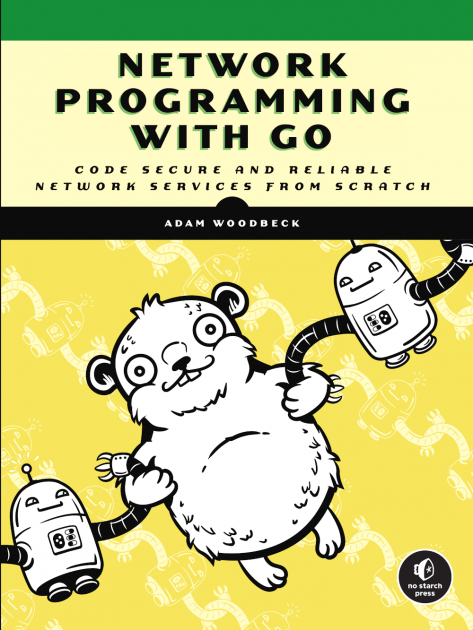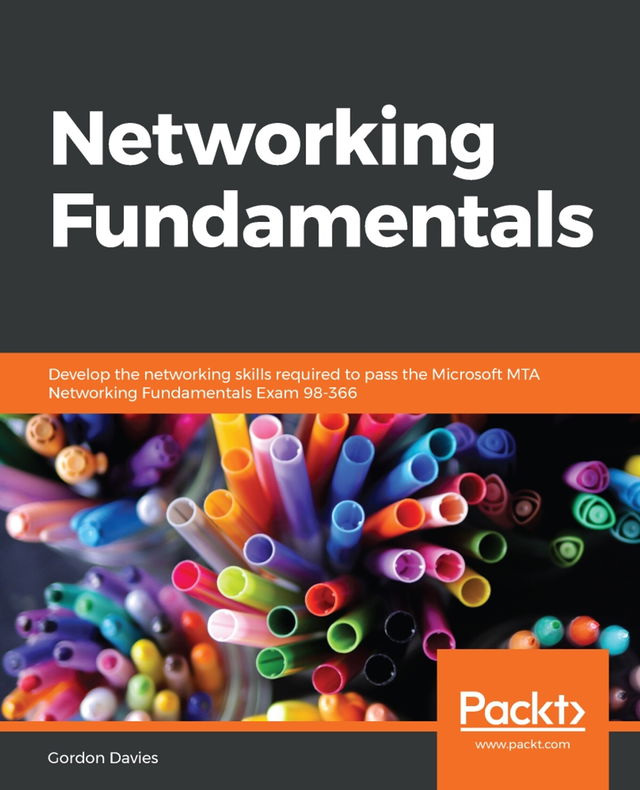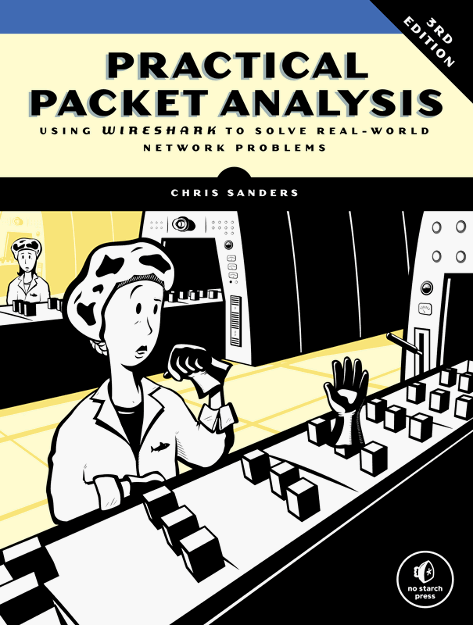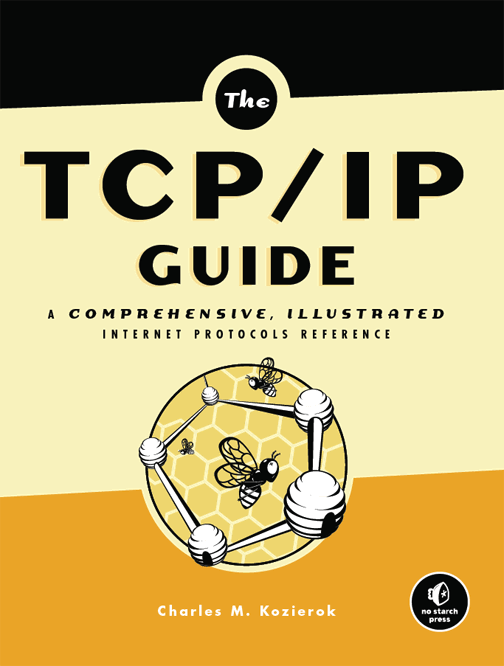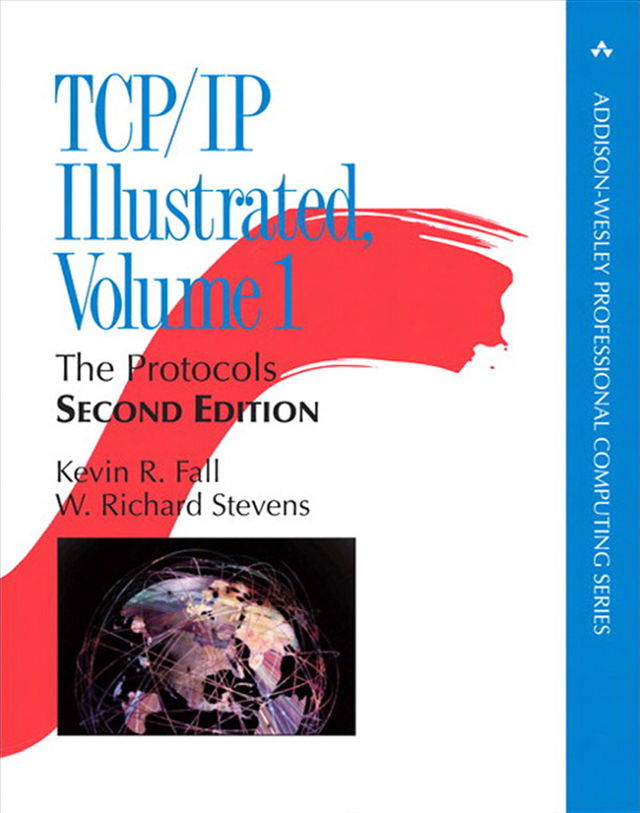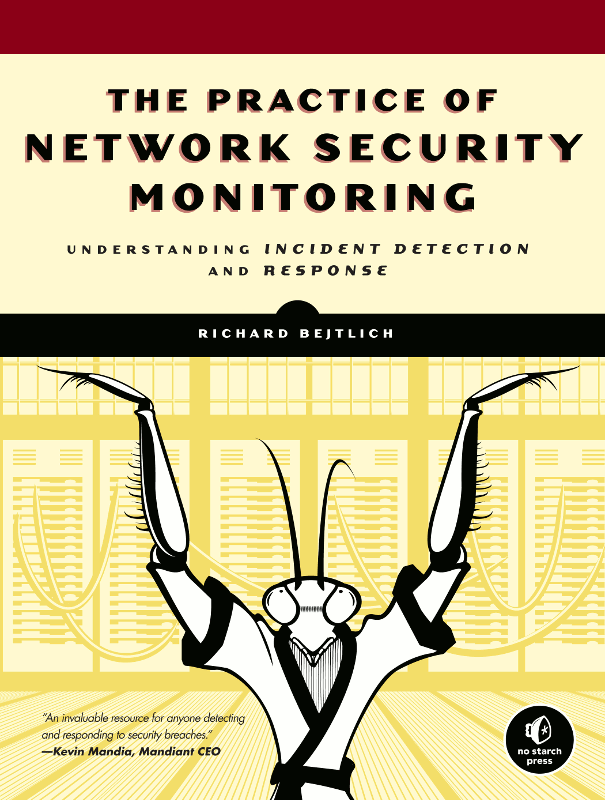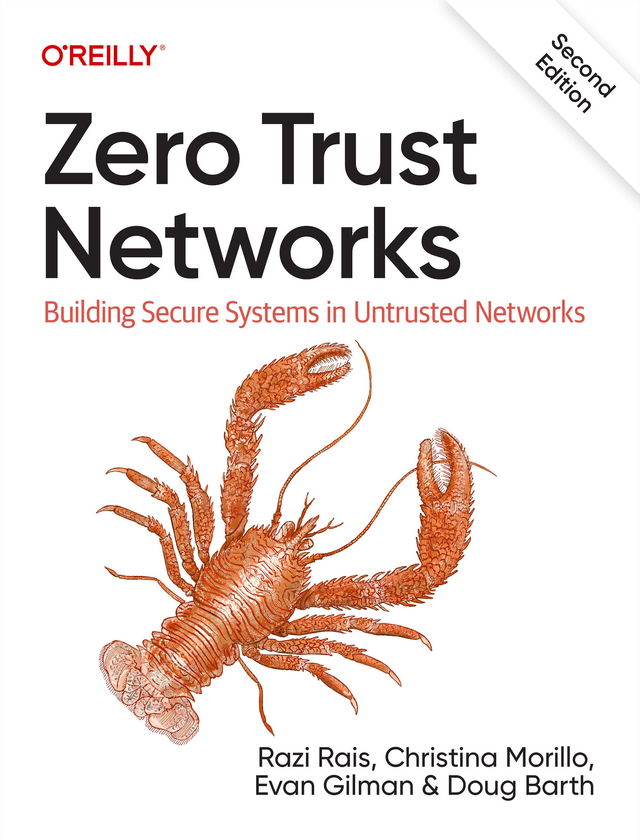Applied Network Security Monitoring is the essential guide to becoming an NSM analyst from the ground up. This book takes a fundamental approach to NSM, complete with dozens of real-world examples that teach you the key concepts of NSM.
Network security monitoring is based on the principle that prevention eventually fails. In the current threat landscape, no matter how much you try, motivated attackers will eventually find their way into your network. At that point, it is your ability to detect and respond to that intrusion that can be the difference between a small incident and a major disaster.
The book follows the three stages of the NSM cycle: collection, detection, and analysis. As you progress through each section, you will have access to insights from seasoned NSM professionals while being introduced to relevant, practical scenarios complete with sample data.
If you've never performed NSM analysis, Applied Network Security Monitoring will give you an adequate grasp on the core concepts needed to become an effective analyst. If you are already a practicing analyst, this book will allow you to grow your analytic technique to make you more effective at your job.
- Discusses the proper methods for data collection, and teaches you how to become a skilled NSM analyst
- Provides thorough hands-on coverage of Snort, Suricata, Bro-IDS, SiLK, and Argus
- Loaded with practical examples containing real PCAP files you can replay, and uses Security Onion for all its lab examples
- Companion website includes up-to-date blogs from the authors about the latest developments in NSM

